Discover The Irrigation Micro Sprinkler: The Secret Of Irrigation In A Small Device
How Does The Irrigation Micro Sprinkler Achieve Precision Irrigation?
The Key To The Irrigation Micro Sprinkler's Precision Irrigation Lies In Its Unique Structural Design. It Typically Features Tiny Water Outlet Holes, Carefully Sized And Distributed To Evenly Distribute Water In The Form Of Fine Droplets Or A Mist. Furthermore, Some Irrigation Micro Sprinklers Can Be Equipped With A Pressure Regulator To Precisely Adjust The Water Pressure And Flow Rate Based On The Water Requirements Of Individual Crops And Soil Moisture Levels. This Ensures That Each Crop Receives The Appropriate Amount Of Water, Eliminating The Water Waste And Uneven Irrigation Common In Traditional Irrigation.
In What Scenarios Does The Irrigation Micro Sprinkler Perform Best?
The Irrigation Micro Sprinkler Demonstrates Outstanding Performance In A Variety Of Scenarios. In Greenhouses, Where Relatively Enclosed Spaces Have High Humidity And Temperature Requirements, The Irrigation Micro Sprinkler's Mist Spraying Effectively Controls Humidity, Creating A Suitable Growing Environment For Crops. In Orchards, It Precisely Delivers Water To The Roots And Leaves Of Fruit Trees, Reducing Direct Impact On The Fruit. Furthermore, The Irrigation Micro Sprinkler, With Its Flexible Installation And Precise Water Delivery Capabilities, Plays A Vital Role In Irrigating Lawns And Flower Plantings In Urban Greening, As Well As In Special Terrains Such As Slopes And Sandy Land.

What Are The Significant Differences Between The Irrigation Micro Sprinkler And Traditional Irrigation Methods?
Compared To Traditional Irrigation Methods Like Flooding And Furrow Irrigation, The Irrigation Micro Sprinkler Offers Many Distinct Advantages. In Terms Of Water Resource Utilization, Traditional Irrigation Methods Consume A Lot Of Water, Causing Large Amounts Of Water To Evaporate And Seep Into Unused Areas. The Irrigation Micro Sprinkler, On The Other Hand, Delivers Water Directly To The Root Zone Of Crops, Significantly Improving Water Utilization. Regarding Its Impact On Soil And Crops, Traditional Irrigation Can Lead To Soil Compaction, Nutrient Loss, And Even Root Rot. The Irrigation Micro Sprinkler's Even Spraying Keeps The Soil Loose, Reduces Nutrient Loss, And Promotes Healthy Root Growth. Regarding Ease Of Operation, Traditional Irrigation Requires Significant Manpower For Operations Such As Opening And Closing Gates. The Irrigation Micro Sprinkler Utilizes An Automated Control System To Achieve Timed And Quantitative Irrigation, Saving Labor Costs.
Does The Irrigation Micro Sprinkler Truly Conserve Water Resources?
The Answer Is Yes. Data Shows That The Irrigation Micro Sprinkler Can Improve Water Utilization By 30% To 50% Compared To Traditional Irrigation Methods. This Is Because It Precisely Controls The Irrigation Range And Water Volume, Preventing Water Loss Due To Evaporation And Leakage During The Irrigation Process. This Water-Saving Effect Is Even More Significant In Arid And Water-Scarce Regions, Significantly Reducing Water Consumption While Ensuring Normal Crop Growth. This Is Crucial For Alleviating Water Shortages.
What Maintenance Considerations Are Required For Long-Term Use Of An Irrigation Micro Sprinkler?
Maintenance Is Crucial For Long-Term Use Of An Irrigation Micro Sprinkler. First, Regularly Clean The Outlet. Impurities And Sediment In The Water Can Easily Clog The Outlet Over Time, Affecting Irrigation Effectiveness. Second, Inspect The Pipes And Connections For Leaks. If Leaks Are Detected, Promptly Repair Or Replace Components To Prevent Water Waste And Pressure Loss. Furthermore, For Irrigation Micro Sprinklers With Pressure And Speed Regulation Functions, Regular Calibration Is Required To Ensure Stable Performance And Ensure Accurate Irrigation. During Winter And Other Off-Seasons, Drain The Pipes And Device To Prevent Damage From Freezing And Cracking.
What Are The Future Development Trends For The Irrigation Micro Sprinkler?
With The Continuous Advancement Of Technology, The Irrigation Micro Sprinkler Is Also Developing Towards Greater Intelligence And Efficiency. In The Future, We May See More Irrigation Micro Sprinkler Systems Integrated With Sensors And Iot Technology. These Systems Will Be Able To Monitor Soil Moisture, Crop Growth, And Other Information In Real Time, Automatically Adjusting Irrigation Strategies Based On This Information, Achieving Fully Intelligent Precision Irrigation. Furthermore, Materials That Are More Corrosion-Resistant, Wear-Resistant, And Environmentally Friendly May Be Used To Extend The Lifespan Of The Irrigation Micro Sprinkler And Reduce Maintenance Costs. Furthermore, Its Application Scope Is Likely To Expand, Allowing It To Be Used In More Specialized Environments And Crop Cultivation Applications.


 Search for...
Search for... English
English Español
Español 中文简体
中文简体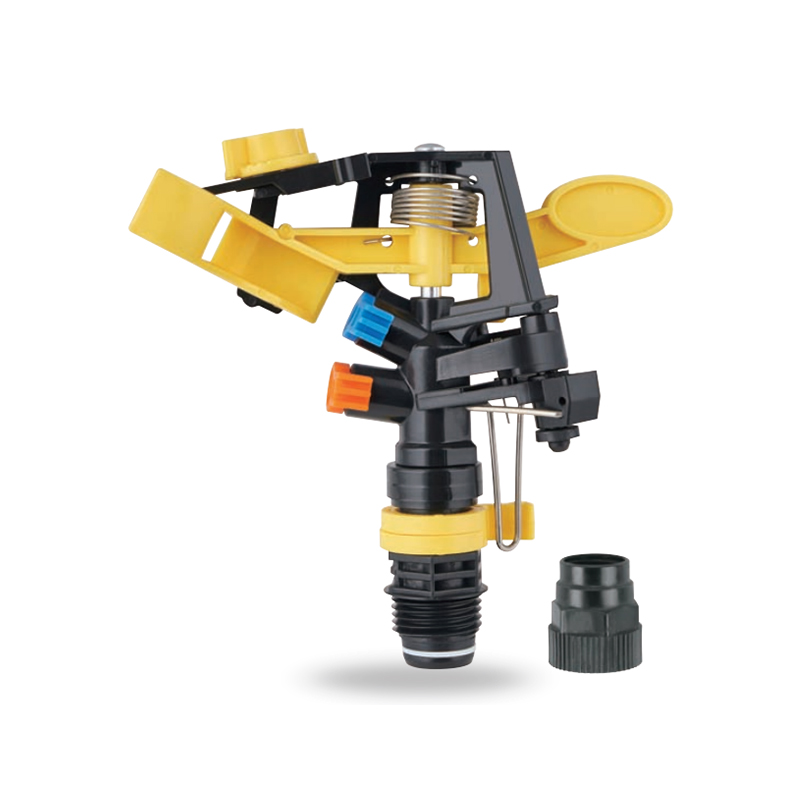
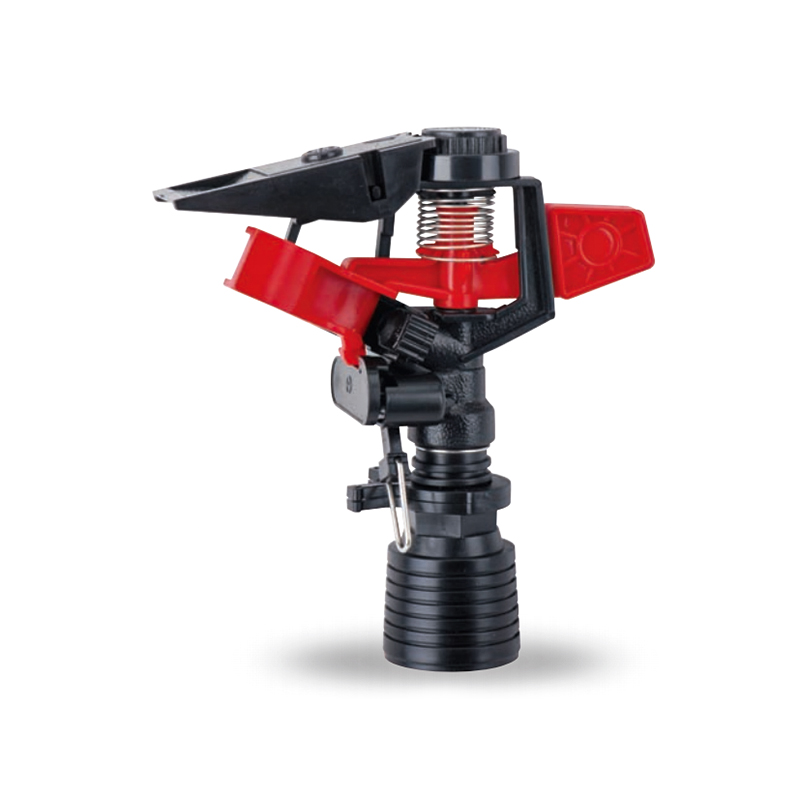
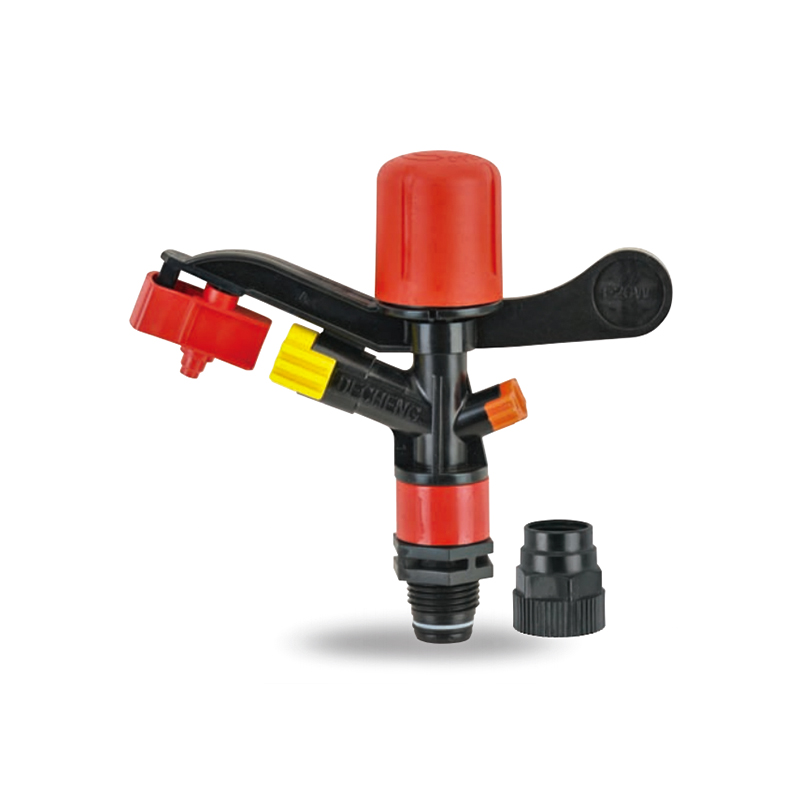
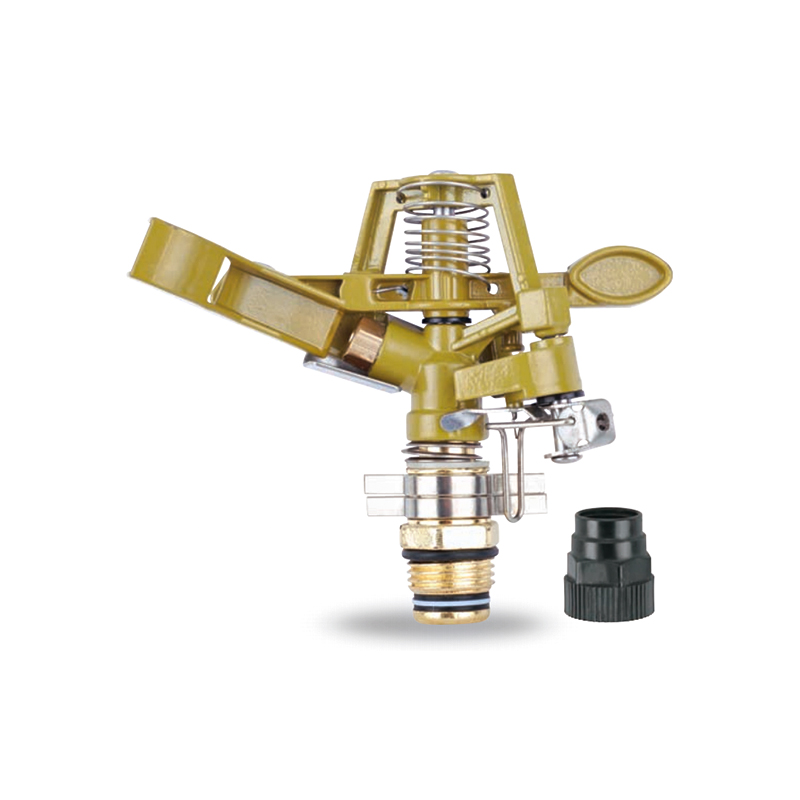
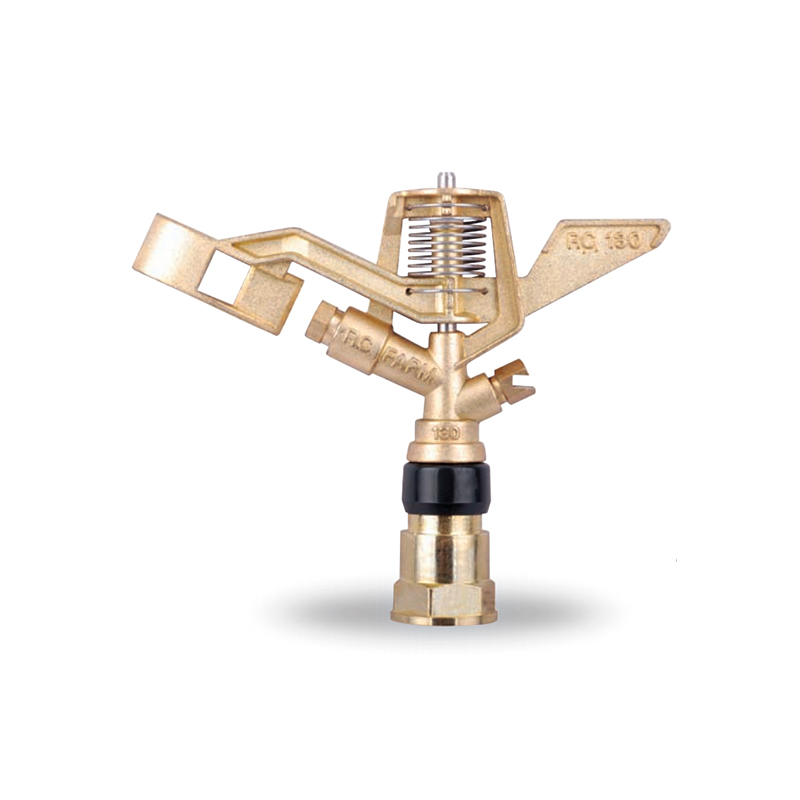
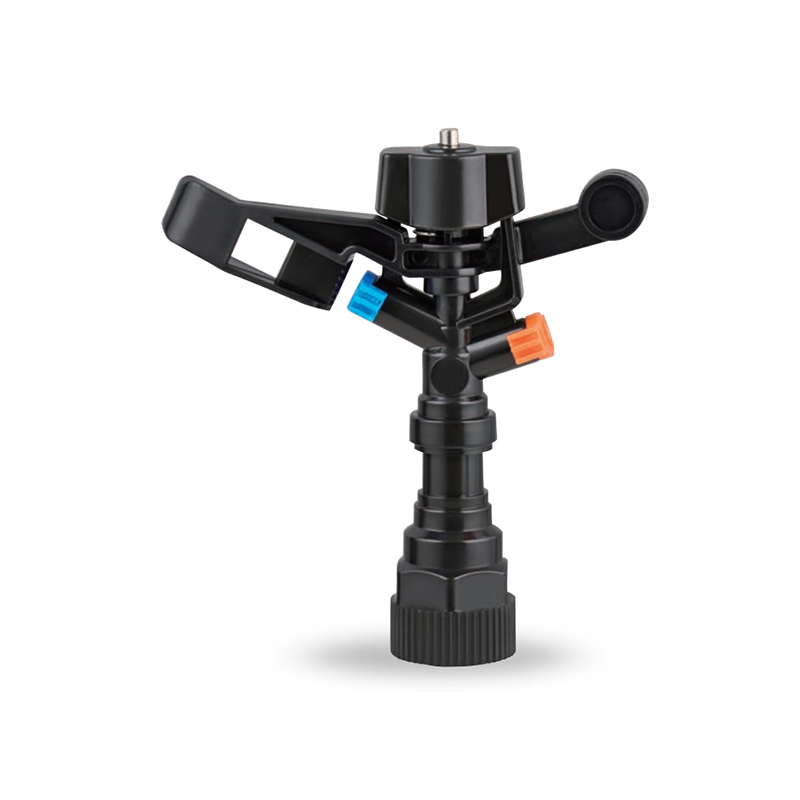
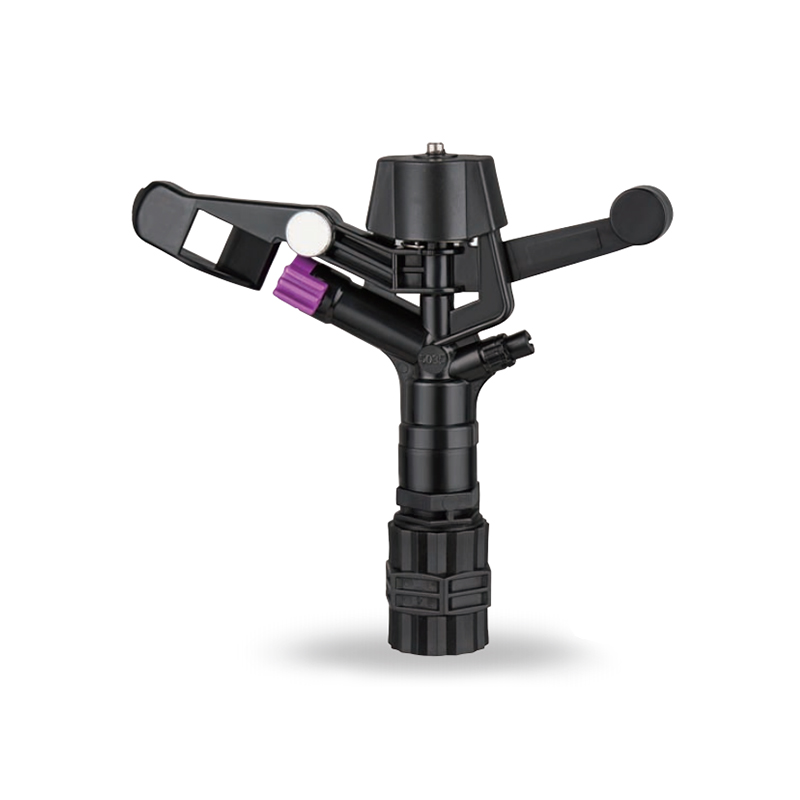
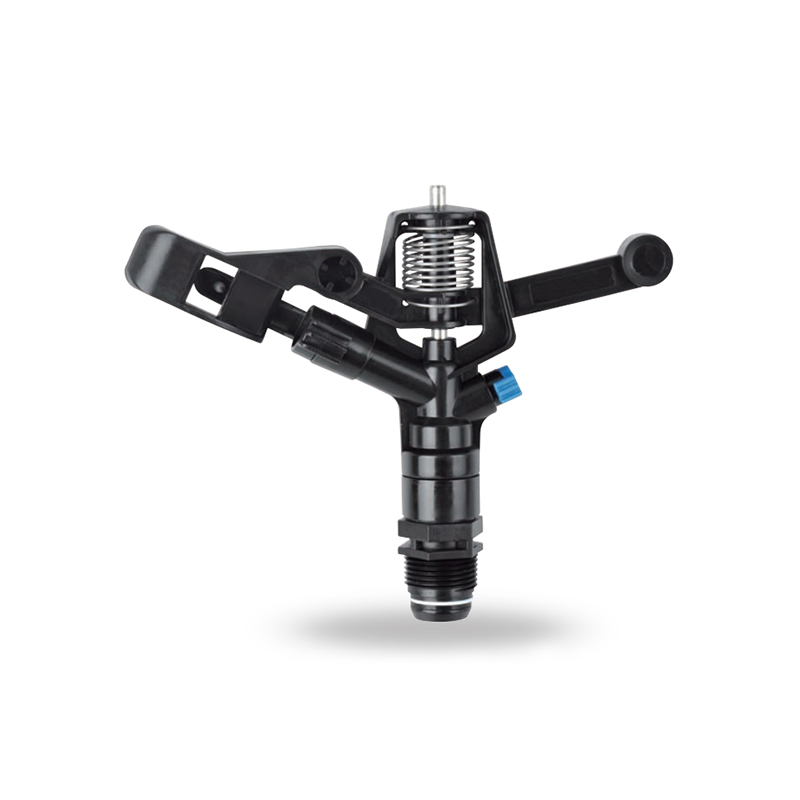
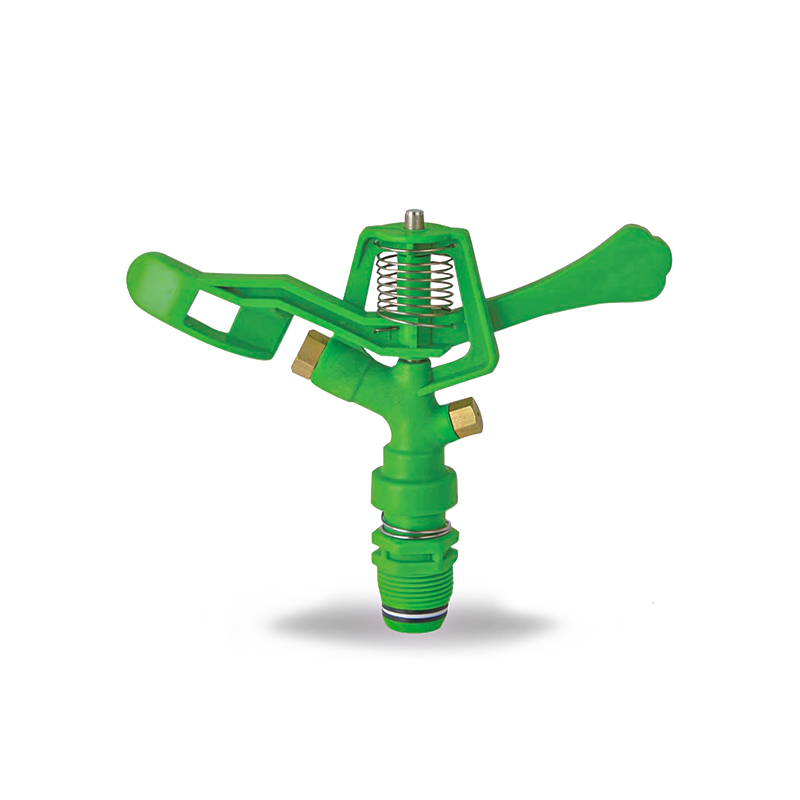
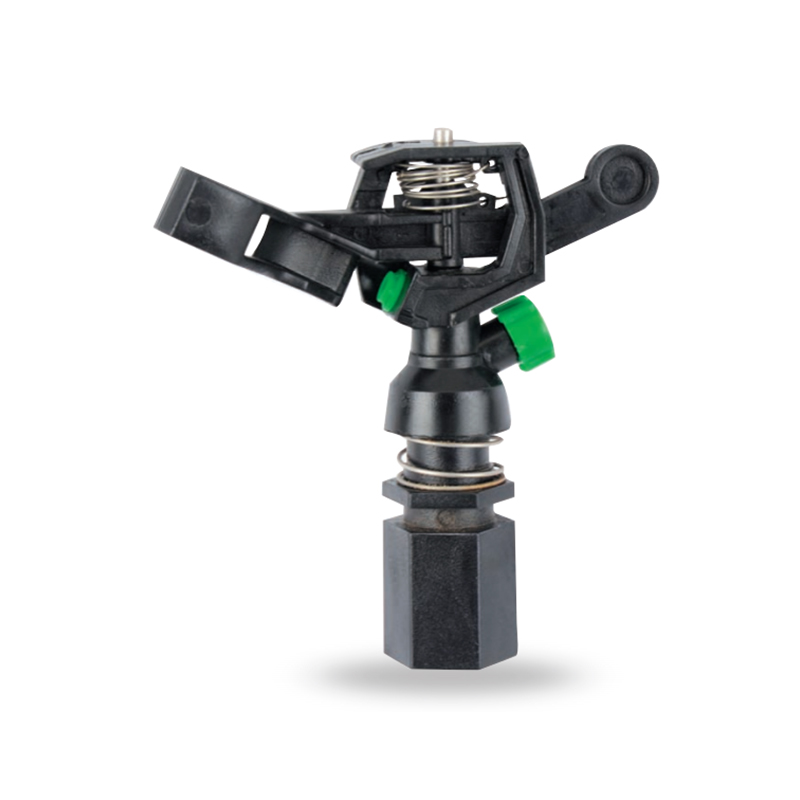
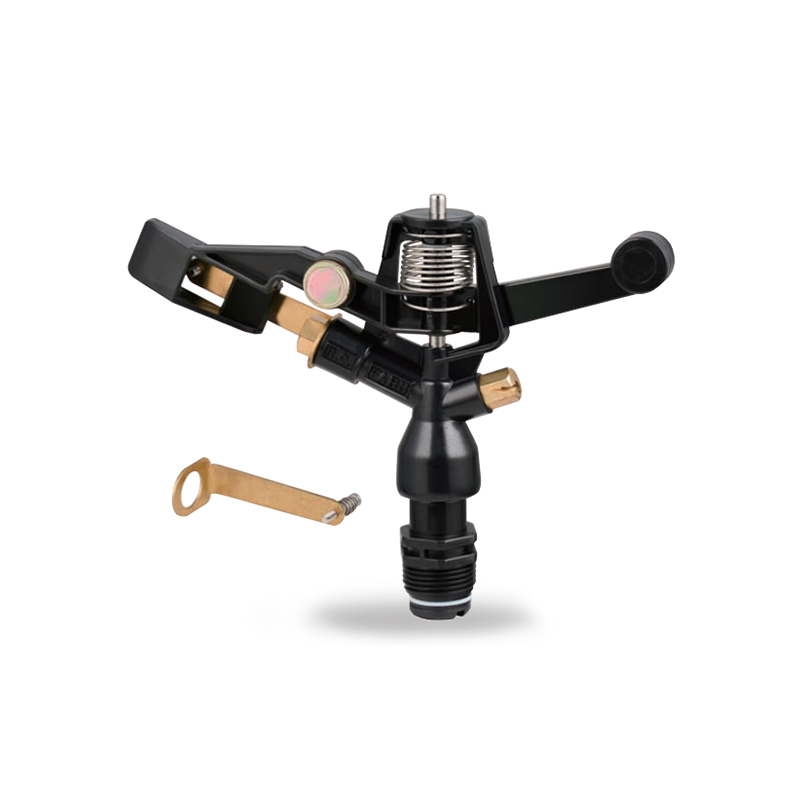
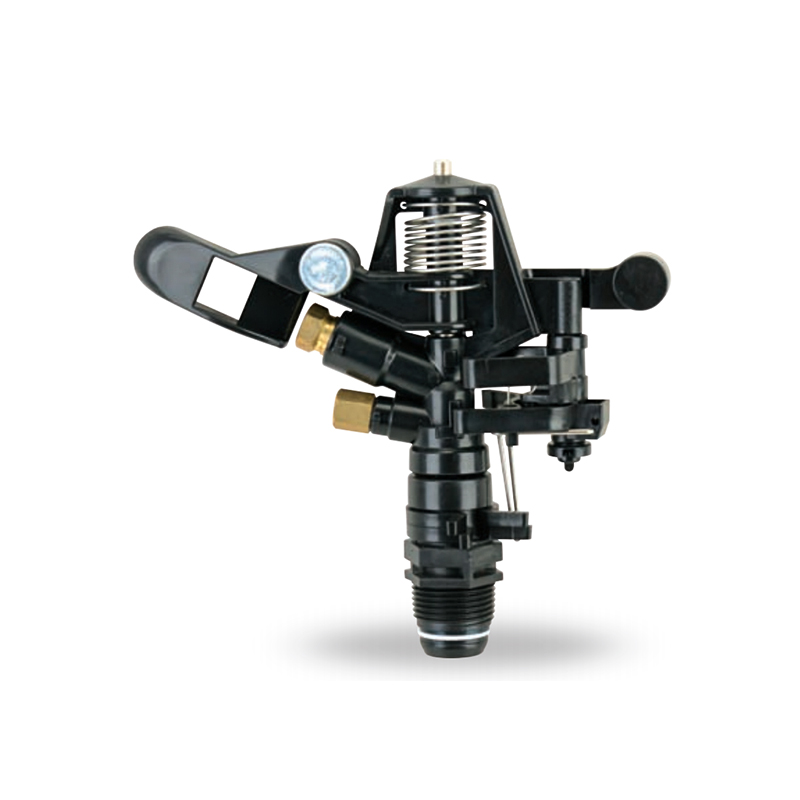



 No.518, Ruihao Road, Lizhou Street, Yuyao City, Zhejiang Province, China
No.518, Ruihao Road, Lizhou Street, Yuyao City, Zhejiang Province, China +86-13105554615 / +86-18005843886
+86-13105554615 / +86-18005843886 decheng@dcssq.com fredzhu@dcssq.com
decheng@dcssq.com fredzhu@dcssq.com

